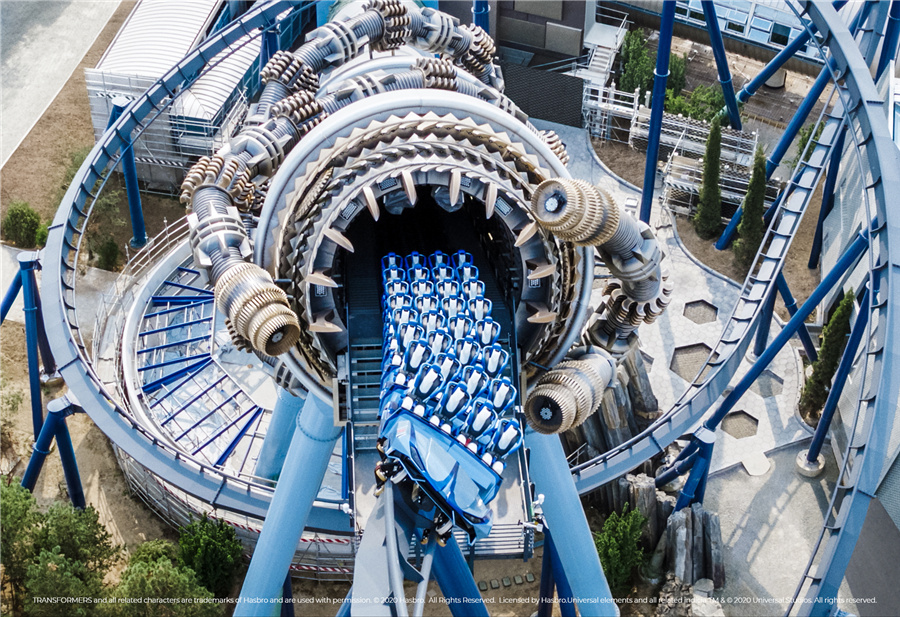

According to the TEA/AECOM 2019 Theme Index and Museum Index, attendance of the top 10 theme park groups worldwide has grown 4 percent between 2018 and 2019. Strong growth is seen in China's leisure sector, driven by a large population with increasing incomes and desire for travel and leisure.
Another industry report also stated there has been a surge in the domestic theme park market in recent years, with the value rising from 21.2 billion yuan ($3.2 billion) in 2014 to 254.9 billion yuan last year. The figure is estimated to grow continuously at an annual rate of 12.6 percent in the next five years. Chinese operators including OCT Group, Chimelong and Fantawild have dominated the market, all of them reporting high single or double digit increases in terms of attendance during the year 2019.
But it has not always been a smooth ride for investors. According to the Institute for Theme Park Studies in China, 25 percent of China's 339 theme parks made losses, 22 percent broke even, and only 53 percent of them made profits in 2019. Successful operation of theme parks not only requires long-term and massive investment, but it also takes tremendous amount of effort to constantly tell fresh stories to its audience so as to achieve repeat visits.
Even opening a theme park is no simple task.
During the decadelong preparations, the UBR project had more than 100,000 construction workers on site working day and night. Significant effort has been put into combining special themed elements and local culture, with support from more than 500 designers and artists and over 500 suppliers and partners.